Houseplant Repotting: Arrowhead Plant

Arrowhead Plants (Syngoniums, Nephthytis) are popular houseplants. The leaf variegations they come in are all gorgeous. This is all about repotting an Arrowhead Plant plus the best soil mix to use.
The Arrowhead Plant is aptly named because it has arrowhead shaped leaves. I think the variety that I have is Bold Allusion, whose lovely light green leaves which are veined with pink. It came unlabeled so it could be Cream Illusion or Exotic Illusion. Either way, it was getting tight in its pot so a round of Arrowhead Plant repotting was in order.
You may also know this plant by the names Nephthyis or Syngonium. They stay round and fairly compact when young but most will climb or trail over time. Hence yet another name – Arrowhead Vine. Whatever variety or form of this lovely houseplant you have, this method for repotting and the mix to use applies to them all.
Arrowhead Plants have thick, robust roots. In their native environments they grow along the forest floor and those strong roots also help them climb up trees. I’ve seen a few of them growing at nurseries with broken grow pots. Yes, the roots are that vigorous!
They actually do well when growing slightly tight in their pots. That being said, you don’t want to let them get too pot bound because they’ll have a harder time taking in water and the roots will run out of space to grow. Plus, transplanting your houseplants and giving them fresh new soil every 2-5 years is a good idea.
Like all houseplants, spring & summer are the ideal times. If you live in a climate with temperate winters like me, early fall is fine. In a nutshell, you want to get it done at least 6 weeks before the colder weather sets in. Houseplants prefer not to be disturbed in the winter months & the roots can settle in much better in the warmer months.
I repotted this Arrowhead Plant at the very end of March.
That depends on the size of the pot yours is currently in. I generally like the pot to be proportionate to the size of the plant. My Arrowhead Plant was in a 6″ grow pot & I moved it into an 8″ grow pot. The new grow pot has lots of good sized drain holes on the bottom of it so that’ll ensures the excess water flows right out.
Arrowhead Plants like a fertile mix (remember, in nature they grow under trees with lots of rich organic matter falling onto them from above) but of course it needs to drain well.
My organic blend has quite a few components because I have a lot of houseplants as well as container plants. I do a lot of repotting & planting & always have a lot of these ingredients on hand. Plus, I have a garage to store them all in.
If you’re an urban dweller like I was for 20 years & don’t have storage space for a lot of bags, I’ll give you an alternative mix down below.
I’m partial to Ocean Forest because of its high-quality ingredients. It’s a soilless mix (which houseplants need) & is enriched with lots of good stuff but also drains well.
A few handfuls of coco coir. I use a locally produced brand which is a mixture of coco fiber & coco chips. This environmentally friendly alternative to peat moss is pH neutral, increases nutrient holding capacity & improves aeration.
Charcoal improves the drainage & absorbs impurities & odors. Pumice or perlite up the ante on the drainage factor too. Both of these are optional but I always have them on hand.
I also mixed in 3 or 4 handfuls of compost as I was planting as well as a 1/4″ topping of worm compost. This is my favorite amendment, which I use sparingly because it’s rich. I’m currently using Worm Gold Plus.
If you live in an apartment & don’t have a lot of room to store all of the above, then here’s a more simple mix. Buy your potting soil in a smaller bag like 1 cubic foot. Make sure it’s formulated for houseplants (it’ll say so on the bag) & preferably organic. Buy a brick coco coir & follow the easy instructions on how to hydrate it. This is very light & takes up little room. Pick up a small bag of perlite or pumice & use it in a ratio of 3 parts ps: 2 cc: 1 p or p.
Steps to repotting Arrowhead plants:
You can see this in the video above but here are the cliff notes on what I did:
Put a coffee filter in the bottom of the 8″ grow pot to cover the drain holes. 1 layer of newspaper works fine for this too. I do this because I don’t want the mix to run out with the 1st few waterings.
Turn the plant on its side & press the grow pot on all sides. Gently pull the root ball out of its pot.
Massage the roots gently to loosen the root ball & separate the roots. This way the roots can easier grow into the new mix.
Fill the bottom of the pot with mix so the root ball rests just below the top of the pot.
Fill in all around the sides with more mix.
Top with a 1/4″ layer of worm compost.
Care after repotting:
Move your Nephthytis to a bright location (out of direct sun) & water it thoroughly soon after the repotting. When the mix is bone dry, this can take a few waterings to really get it wet.
My Arrowhead Plant will be set for 2 years. This is a good rule of thumb if you’re going up a pot size like 4″ to 6″, 6″ to 8″, etc. You can check the bottom of the pot & see how many roots are poking out.
A couple more tips:
Water your Arrowhead Plant a couple of days before. You don’t want to repot a stressed plant.
The roots of this plant grow dense & tight. Gently massage the root ball when repotting so the roots can “go free."
Although this plant can go slightly potbound, it’ll uptake water easier when the roots have room to grow. Plus, the roots, just like the leaves & stems, need to breathe.
I grew this plant when I lived in Santa Barbara but that coastal Southern California climate is nearly ideal for houseplants. Tucson, in the Sonoran Desert, is where I now live and some houseplants don’t do as well here. I’ve had this plant for 4 months now and want to grow it for 7-8 more months before doing a care post for you.
I have my Arrowhead Plant growing on the floor because I’ve run out of tabletop space for houseplants. I love looking down on its beautiful foliage and plan on getting a small plant stand for it soon. It’s considered to be toxic for pets but my 2 kitties pay no attention whatsoever to my ever growing population of indoor greenery.
If you’ve had your Nepthytis for a while, take a look at the bottom of the pot. If the roots are showing and the pot feels heavy, then it’s time for repotting. It’ll grow even thicker, denser and more beautiful than before!
Happy gardening,

Enjoyed the project?
Suggested materials:
- Repotting Materials
- Arrowhead Plant




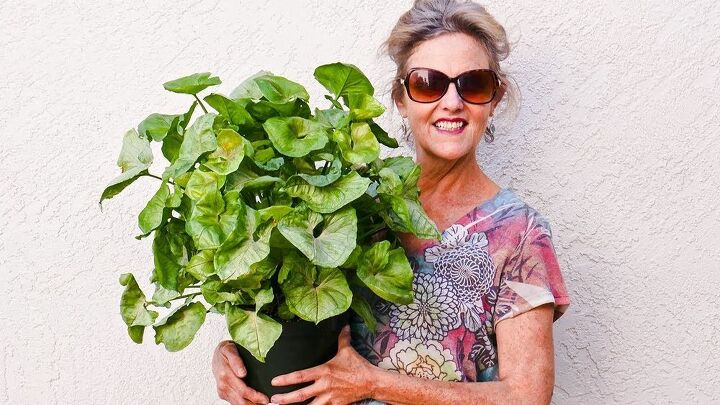




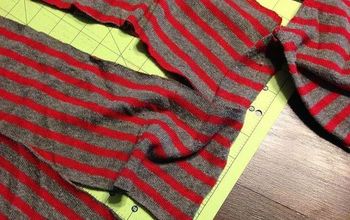
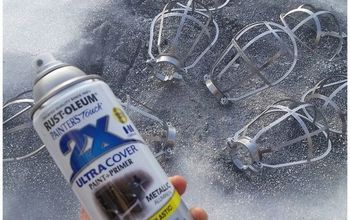




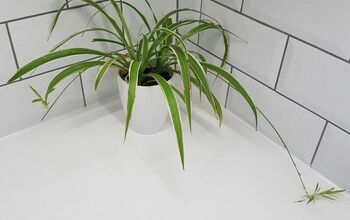
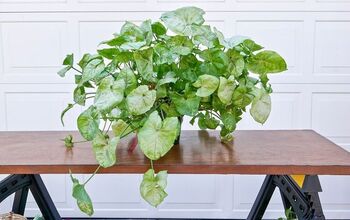

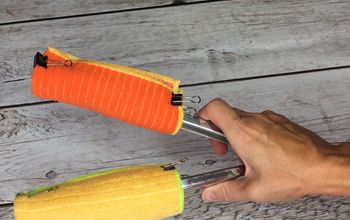
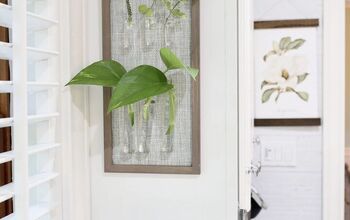

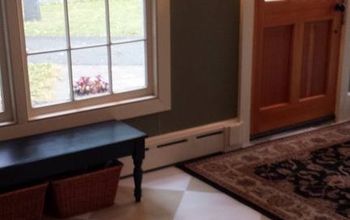





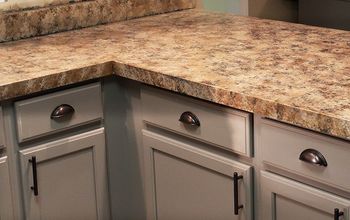


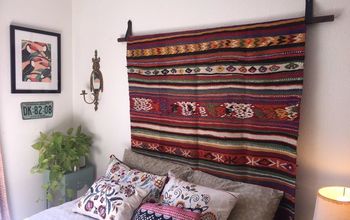

Frequently asked questions
Have a question about this project?